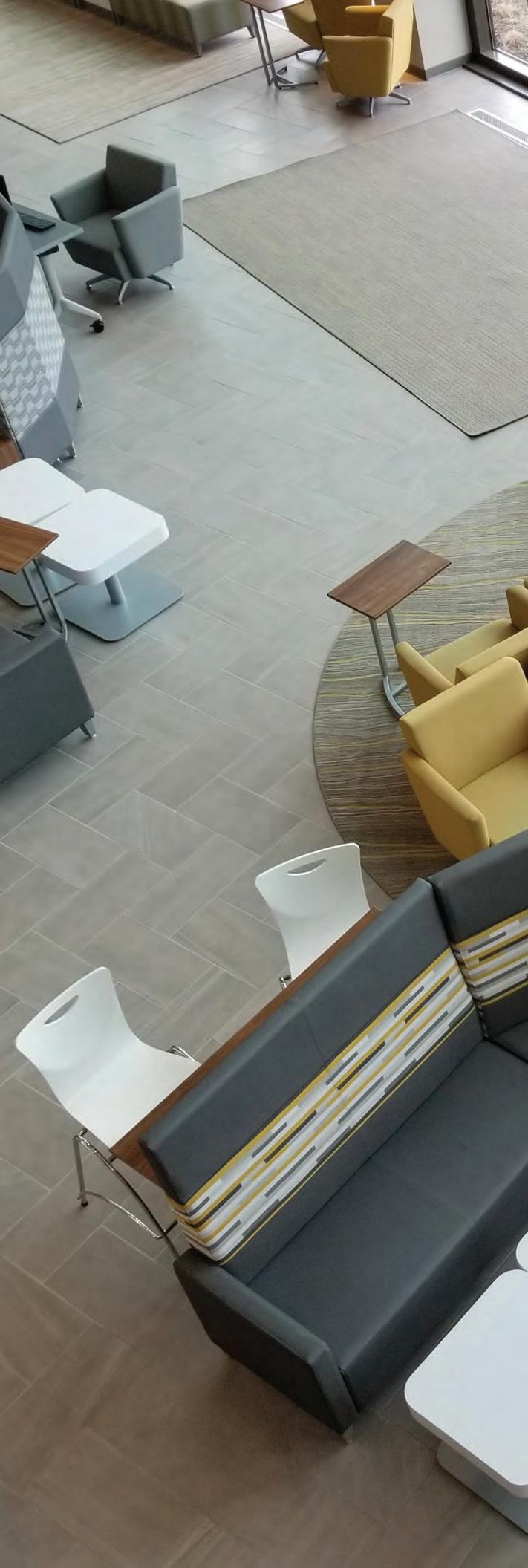
1 minute read
Novel approaches
MichÁl Cohen GUEST Editor
When I was asked to edit this issue of Planning Learning Spaces magazine, I deliberately wanted to showcase learning spaces around the world. Research is a key part of the design process in my practice, and I love discovering clever designs and novel approaches to pedagogy that inspire and delight our education clients – it’s amazing what can be achieved with a grand vision and shoestring budget.
I’d expected to see more differences than similarities, but it became clear that good design principles are universal, transcending ages, abilities and cultural backgrounds. Dr Fiona Young’s research into spaces in Australian schools that support playful learning includes a useful list of the most important criteria, all of which emphasise versatility of use and character. She then turns her attention to spatial qualities for “deep learning” by older pupils – the similarities are plain to see. Nine thousand miles north, in Helsinki, the plain exterior of Suomalais Venäläinen Koulu (SVK) school belies its amazing interior. Crosslaminated timber (CLT) is used throughout; it’s highly sustainable and exudes a warmth, while the flexible design and transparency connects spaces visually and physically. It fascinates me that teachers work in pairs here, planning lessons together and supporting each other. This resonates with school leader Meg Fargher’s thoughts on the importance of collaborative learning at Somerset College in South Africa; once again the agility of the building is a key component in creating the right conditions for contemporary learning.
Meanwhile, over in New York, Mi Casita preschool is a joyful project that creates a home away from home from a simple palette of natural materials. Based on the Reggio Emilia approach, it includes child-appropriate furniture, nooks and crannies and fun cut-outs in bold colours that help children explore their environment with curiosity and confidence. Like SVK, the floor-toceiling heights are generous and flexibility is built into the design with sliding doors, echoing – and confirming – the results of Fiona’s research into successful learning environments.
I love that these projects are in different parts of the world, for different ages, but use the same principles to build spaces well-loved by their communities. It’s so important to consider pedagogy and space in parallel, and in discussion with the people involved in delivering the 4Cs: communication, creativity, collaboration and critical thinking. But we also need to value the legacy of the pandemic, where technological advances gave us new ways to learn online, yet equally made us appreciative of human interaction and what good learning spaces provide beyond chasing grades, of creatively finding solutions, of being inspirational as much as functional, fostering a sense of community and ultimately inspiring kindness and compassion, as explained in Dr Robert Dillon’s article. All these things can and should thrive in innovative learning environments, wherever you are.










